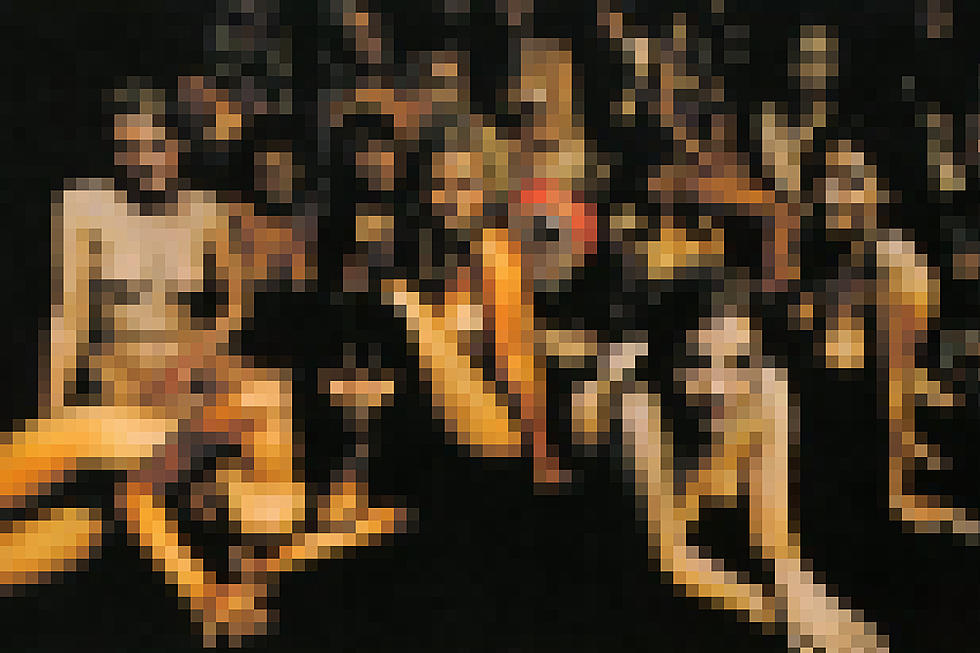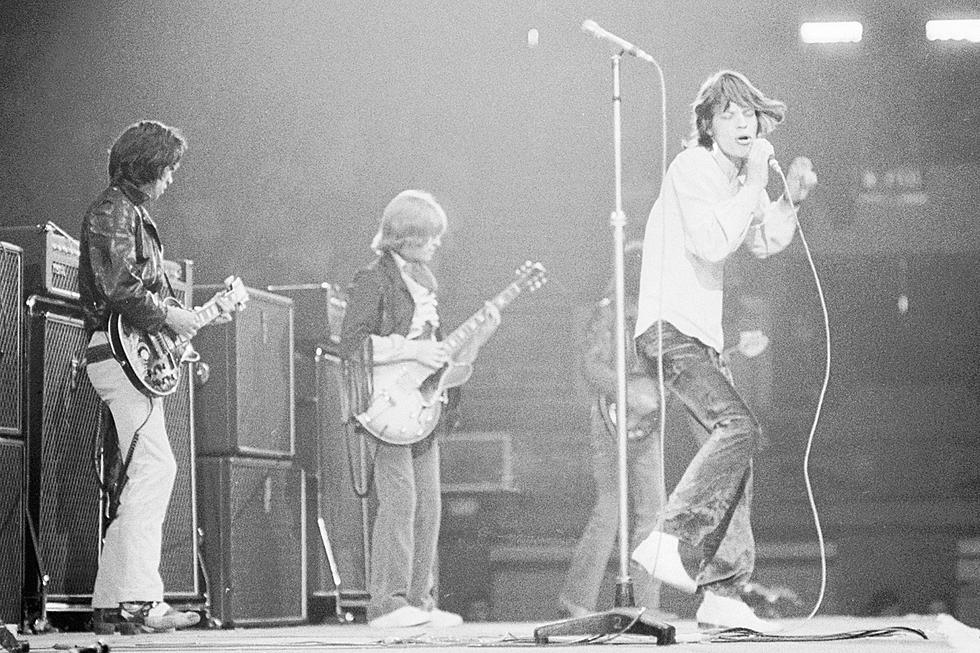
55 Years Ago: Jimi Hendrix’s Nude ‘Electric Ladyland’ Art Banned
A handful of British record stores took the Jimi Hendrix Experience's new album from their shelves, just weeks after its arrival on Oct. 16, 1968. The unusual thing is, Hendrix probably hated the racy Electric Ladyland cover art more than those retailers did.
He said the image of 19 naked women, which you can see here in all its NSFW glory, had "nothing to do with him." Instead, Hendrix made it clear that his U.K. label, Track Records, was behind the artwork.
"Folks in Britain are kicking against the cover. Man, I don’t blame them," Hendrix added. "I wouldn’t have put this picture on the sleeve myself, but it wasn’t my decision. It’s mostly all bullshit."
READ MORE: Top 10 Jimi Hendrix Songs
Hendrix's late label boss Chris Stamp sent a photographer to a local speakeasy and offered the girls £5 to appear topless – or 10 to go fully nude – for the photo shoot, according to John Perry's Electric Ladyland book. Otherwise occupied overseas, Hendrix was completely unaware of the image.
Nobody involved seemed particularly impressed with the final results. "It makes us look like a load of old tarts. It’s rotten," Reine Sutcliffe, one of the models, later told Melody Maker. "Everyone looked great, but the picture makes us look old and tired. We were trying to look too sexy, but it didn’t work out."
Jimi Hendrix's Letter Over 'Electric Ladyland' Controversy
The idea, of course, was to generate publicity. Perry points out, however, the ban was limited to "a few provincial record ships in York, Hull and Bristol," and their decision sparked only minor coverage in the country's tabloid papers.
Besides, Electric Ladyland was one of the most eagerly anticipated albums of the year, and needed no help selling in large numbers.
The incident prompted Hendrix to write a detailed, quite passionate letter – complete with sketches – to his American record label, explaining exactly how he wanted the Electric Ladyland art to look when they released it. Reprise rejected his request, instead choosing the now famous red and yellow close-up of the guitarist's face for the cover.
Most of the photographs he sent were initially relegated to the inside panels. A 50th-anniversary box set of Electric Ladyland released in 2018 belatedly featured Hendrix's intended cover.
See Jimi Hendrix's Original Cover Sketch
The Stories Behind All 85 Posthumous Jimi Hendrix Albums
Gallery Credit: Dave Lifton
Rock's Tragic '27 Club'
More From Ultimate Classic Rock









